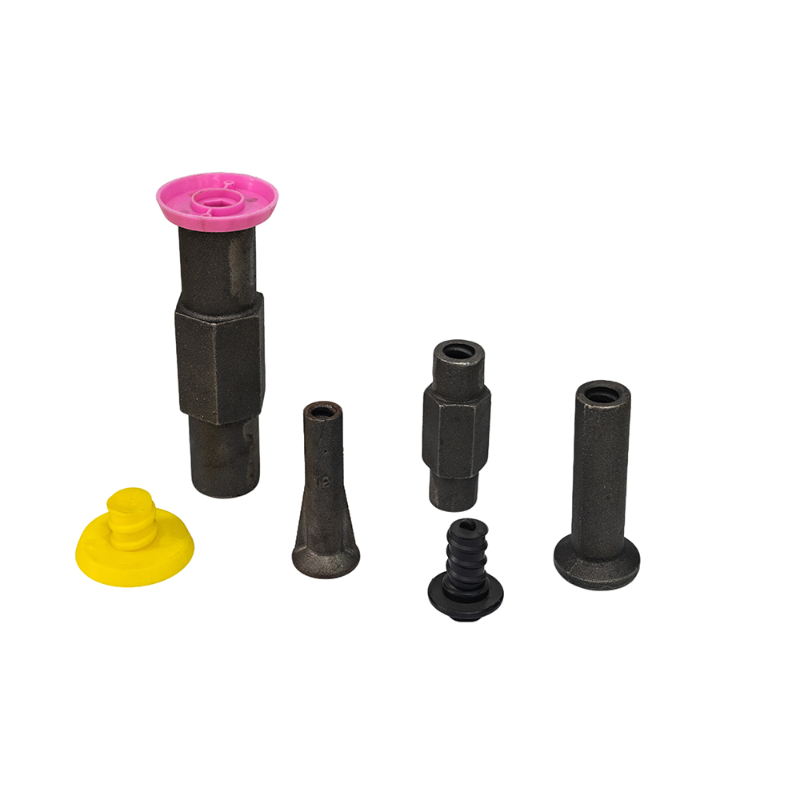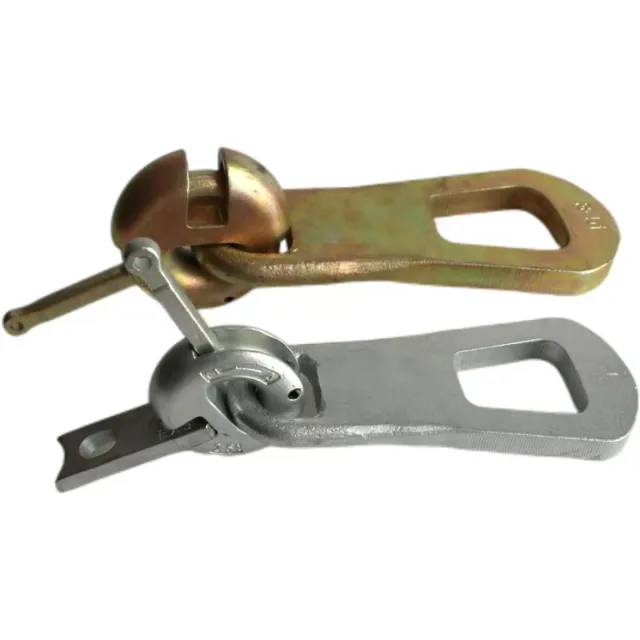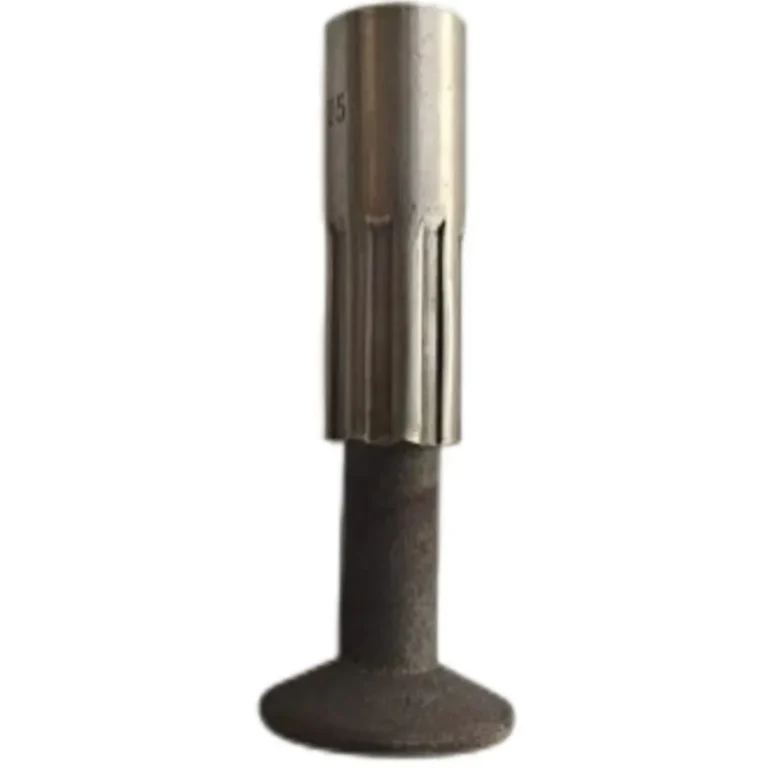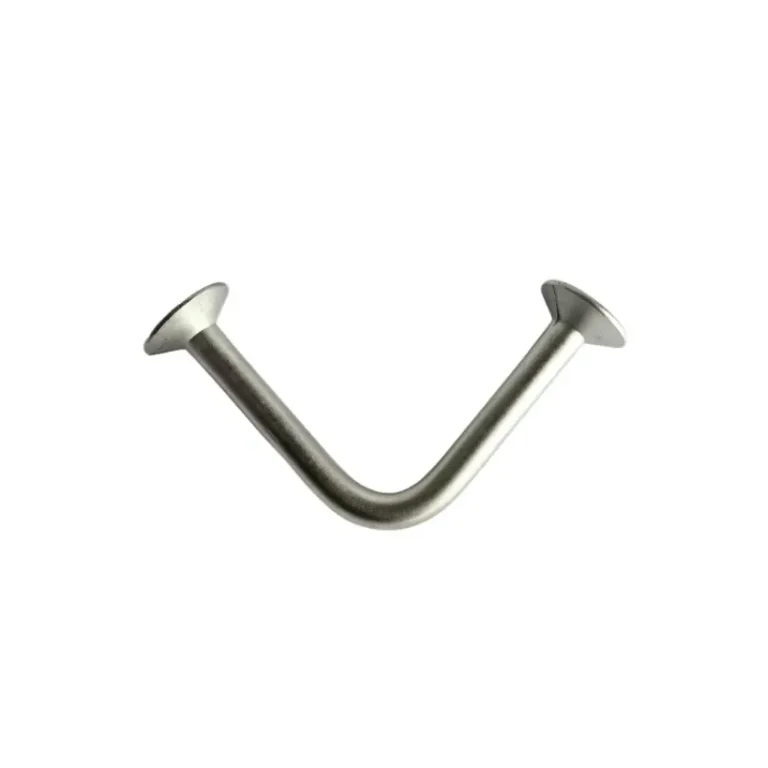
Introduction
Fastening hardware is vital on every building site, even if it works quietly behind the scenes. The wing nut, with its easy, no tool tightening, stands out for quick tweaks. Yet, picking between stainless steel and galvanized wing nuts puzzles many buyers. At first, they seem alike, but their strength, lifespan, and price vary in ways that affect projects greatly.
This guide simplifies the comparison to help builders, engineers, and buyers choose wisely. We’ll explore rust protection, toughness, cost, and real world uses. Plus, we’ll highlight how BaoQi, a company skilled in forging, casting, and punching parts, supplies trusty fasteners for global construction.
What Is a Construction Wing Nut?
A construction wing nut is a fastener with two wing like tabs for hand tightening. It pairs with tie rods, scaffolding bolts, or formwork setups. Its design lets workers adjust tension fast without tools, saving time when aligning formwork often.
Key features include:
Material options: Often stainless steel or carbon steel with galvanization.
Coarse threads: Made to fit tie rods in formwork or bracing setups.
Load distribution: A sturdy base prevents bending under pressure.
Applications: Used in formwork, scaffolding, temporary railings, concrete bracing, or fabric structure tensioning.
Stainless Steel Wing Nuts: Strength in Durability
Stainless steel is a top pick when lasting power matters more than saving money upfront.
Corrosion Resistance
Stainless steel, like grades 304 or 316, fights rust very well. In coastal areas or humid places, this matters a lot. For instance, on a bridge job near a seaport, stainless steel wing nuts stay workable for years without getting stuck from rust.
Strength and Reliability
Stainless steel may not beat carbon steel in raw pulling strength. But it holds up better over time. Its toughness stays steady in rough conditions, ensuring dependable results.
Cost Factor
Here’s the downside stainless steel wing nuts cost more, often two or three times as much as galvanized ones. Still, when you count the cost of replacing parts or halting work, stainless steel can save cash over a project’s life.
Galvanized Wing Nuts: The Practical Workhorse
Galvanized wing nuts, often carbon steel coated with zinc, are a go to for standard building tasks.
Corrosion Resistance
Hot-dip galvanization adds a zinc shield. It’s not as strong as stainless steel in salty or wet conditions. But for typical outdoor jobs, it resists rust well enough. For example, on a home-building project in a dry area, galvanized wing nuts work fine without raising costs.
Strength and Performance
Galvanized steel offers great pressure handling strength. Its threads grip tie rods tightly. If cared for, these nuts can be reused across many concrete formwork pours.
Cost Advantage
This is where galvanized nuts stand out. They cost much less than stainless steel ones. They’re perfect for projects with tight budgets or short-term setups where long life isn’t key.

Side by Side Comparison
| Feature | Stainless Steel Wing Nuts | Galvanized Wing Nuts |
| Corrosion Resistance | Great, even in salty or wet conditions | Decent, but weaker in coastal or acidic areas |
| Strength Over Time | Steady and long-lasting | Strong at first, but zinc wears over years |
| Cost | Higher initial price | Cheaper, great for temporary tasks |
| Best Applications | Bridges, marine jobs, long-term scaffolding | Housing projects, short-term formwork, general scaffolding |
Examples
Marine Dock Repair: Workers picked stainless steel wing nuts for scaffolding near seawater. After two years, the threads stayed smooth and usable.
Urban High-Rise: Galvanized wing nuts were used for formwork on upper floors. Since the setups were temporary, the lower cost made them the smart choice.
Emergency Repairs: In storm-hit warehouses, both types were used. Galvanized nuts handled temporary bracing. Stainless nuts secured key safety railings exposed to rain.
About BaoQi
BaoQi is a skilled maker and exporter of forging, casting, and punching parts. With years of know how serving global markets, BaoQi crafts parts for precast systems, scaffolding hardware, and formwork tools. Their factories follow strict ISO-9001 rules, ensuring steady quality. BaoQi Customization Service is ready for special project needs, offering tailored answers without extra hassle.
Practical Tips for Choosing the Right Wing Nut
Check the Environment: For coastal, rainy, or chemical-heavy sites, stainless steel is the safer pick for long-term use.
Match Project Length: For short-term formwork or scaffolding, galvanized wing nuts often do the job well.
Plan Your Budget: Weigh stainless steel’s higher upfront cost against savings from less upkeep.
Put Safety First: Always ensure threads match and avoid tightening too much, no matter the material.
Stock Smart: Some builders keep both types—galvanized for bulk jobs, stainless for exposed or critical spots.
Conclusion
The choice between stainless steel and galvanized wing nuts isn’t about one being better overall. It depends on the job. Stainless steel shines in durability and rust resistance. Galvanized nuts win for low cost and everyday use. By matching the material to the project’s needs, construction teams can save time, cut risks, and stick to budgets. BaoQi helps with this choice by offering both options with reliable quality and steady supply.
FAQs
Q1: Which lasts longer, stainless steel or galvanized wing nuts?
Stainless steel wing nuts last longer, especially in wet or coastal areas. Galvanized nuts work well for standard outdoor tasks but may need replacing sooner.
Q2: Are galvanized wing nuts strong enough for concrete formwork?
Yes, galvanized wing nuts are widely used in formwork systems. They offer great grip and strength, especially for short term or repeated casting jobs.
Q3: Do stainless steel wing nuts justify their higher price?
For long-term structures or wet environments, stainless steel is worth the cost. Less rust and fewer replacements can save money over time.
Q4: Can I use both stainless steel and galvanized wing nuts on the same site?
Yes. Many builders use galvanized nuts for temporary bracing and stainless ones for critical or exposed areas. It’s a smart mix of cost and durability.
Q5: How does BaoQi supply wing nuts for international projects?
BaoQi makes and exports both stainless steel and galvanized wing nuts. Their products meet global standards, are packed carefully, and shipped worldwide from ISO-certified factories.








